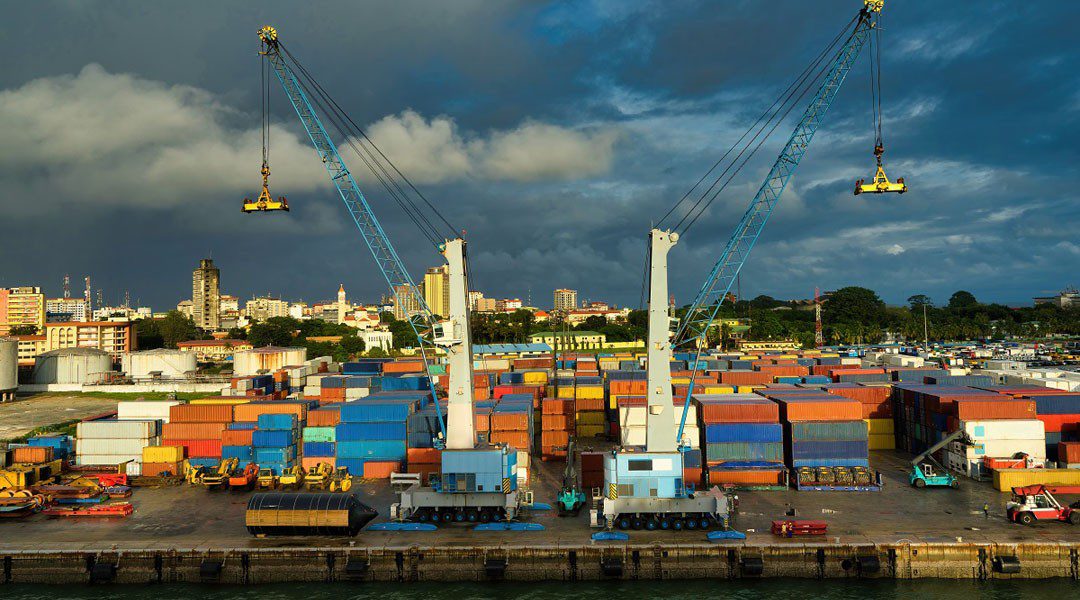Italian oilfield services provider Saipemhas decided to buy the Santorini ultra-deepwater drillship from South Korea’s Samsung Heavy Industries to strengthen its offshore drilling fleet amid the growing demand in the market.
The Santorini drillship was initially ordered from Samsung Heavy by Ocean Rig and it was slated for delivery in the second quarter of 2017. Come April 2018, the delivery waspostponedto September 2019. However,as Transocean acquired Ocean Rig in December 2018, the new ownerdecided to cancelthe order not only for Santorini but theOcean Rig Cretedrillship as well in September 2019.
In June 2021, Saipem entered into a two-yearcharter contractwith the South Korean shipyard, which included an option to buy theSantorinidrillship. This option was to be used at the Italian giant’s discretion depending on the trend of demand. The drillship was delivered to Saipem by Samsung Heavy Industries in November 2021.
In an update on Monday, Saipem disclosed that its purchase option concerning the seventh-generation Santorini drillship, which is already operating within the firm’s fleet, has been exercised. Thanks to this, the company is expected to pay $230 million for this drillship by the end of 2022. The firm intends to finance this investment entirely from available cash.
This drillship is currently in operation in the U.S. Gulf of Mexico for the execution of a contract with Eni, which is due to expire in the third quarter of 2023. Santorini took over this contract, previously held by Saipem 10000, in early 2022.
Santoriniis a seventh-generation drillship equipped with two seven-cavity anti-eruption devices (Blow Out Preventer – BOP), the highest standard for ultra-deepwater drillships. The high-performance craft is capable of operating at water depths up to 12,000 feet (over 3,500 meters).
Furthermore, Saipem explained that this investment decision in the Santorini drillship is based on an expected return on investment (IRR) of over 15 per cent, with a payback period of five years, estimated on the basis of the existing contract – covering most of the next financial year – and the drillship’s commercial prospects.
The backlog of Saipem’s offshore drilling activity to date amounts to more than €1.5 billion (nearly $1.6 billion), “the highest value in the last six years.” The company’s existing contracts – including optional periods – result in a fleet commitment of about 80 per cent for 2023 and about 60 per cent for 2024.
Therefore, the Italian giant elaborated that the results and business prospects are determined by “the favourable trend” in demand in the offshore drilling segment. This is particularly the case within the deepwater market, which “now offers interesting opportunities for the deployment of the fleet,” both in markets where Saipem is traditionally present – such as Africa and the Mediterranean – and in segments where the supply of ultra-deepwater drilling rigs is already close to saturation, such as the Gulf of Mexico.
Moreover, this drillship purchase is justified by the level of daily market rates for seventh-generation drillships, which continue to show “a robust growth trend.” In fact, average market rates are estimated at around $400,000 per day in 2022 and are expected to grow above $450, 000 per day by 2025.
In addition, Saipem made the decision to buy the Santorini drillship based on ongoing commercial discussions with “major clients” in areas of the potential use of this drillship, for which developments are expected in the short term.
The company also explained that its decision was influenced by “the limited availability of technologically advanced assets such as the Santorini, in a global market environment where demand for drillships significantly exceeds supply, with a trend expected to strengthen.”
When it comes to Saipem’s performance within the third quarter of 2022, it is worth noting that the Italian player posted the highest quarterly revenue since the fourth quarter of 2015.
This was driven by sizeable awards for its offshore business segment backed by an oil and gas “supercycle” and backlog execution in line with the firm’s business plan targets.






